Search
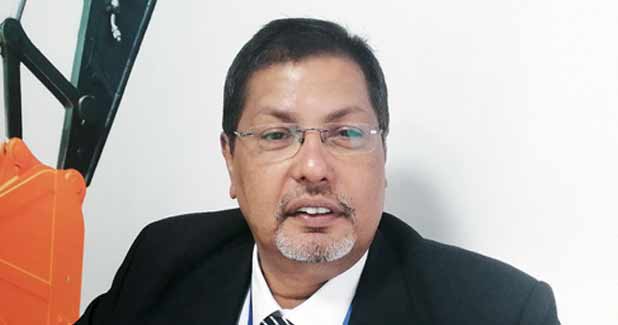
We create value for our customers through make in India
LeeBoy India benefits from having a local manufacturing facility to effectively catering to the local and export markets.
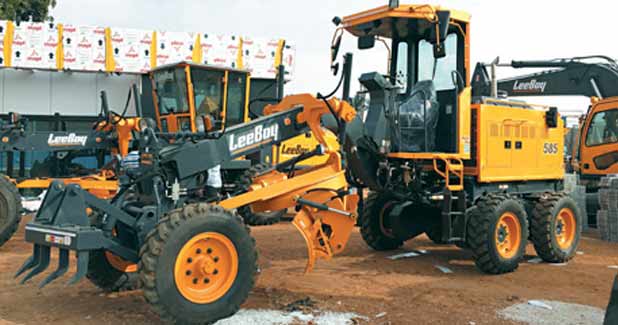
LeeBoy India launches compact motor grader
LeeBoy India Construction Equipment has launched their new series compact motor graders for India and other overseas developing markets.

LeeBoy India launches compact motor grader
LeeBoy India Construction Equipment has launched their new series compact motor graders for India and other overseas developing markets.

Pioneering Growth
Traditionally known for aerospace, engineering and IT, Bengaluru is fast emerging as a construction equipment (CE) hub in India with major players expanding their base in the city.
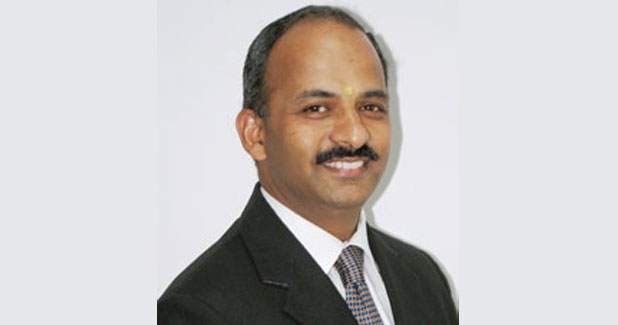
A Variable Transmission System Has Multiple Benefits
The transmission system plays an important role in an equipment as the gearbox determines the performance and robustness of an equipment. The key components in a drive line of the construction equipment (CE) transmission system are front and rear axles with planetary gears, differential brakes, transmission shaft, clutch, and torque converters.
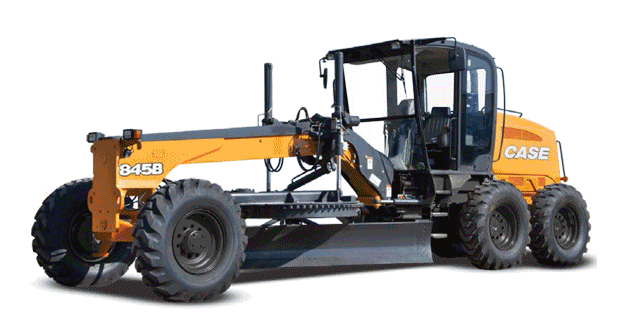
Making rapid strides
Motor graders have seen unprecedented growth in the past couple of years, which is expected to continue in the coming years as well with road projects continue to grow.
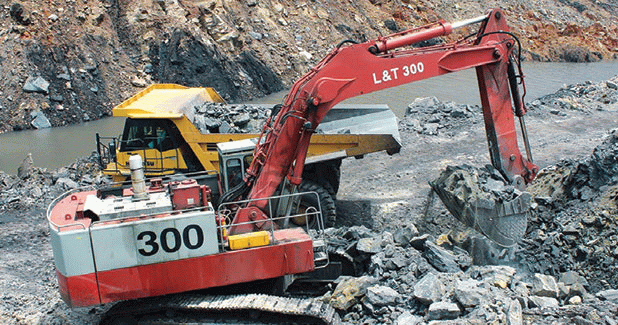
On Cloud 7, Moving to 9!
The Indian construction industry is excited to witness the on-ground acceleration action in projects for most infra sectors. Probably the only sector which is waiting in the wings is realty, where there are still no signs of any major revival.

The Earth Movers and Shakers
As a consequence of the excavation activity gaining momentum, earthmovers like front-end loaders, crawler dozers, traxcavators and other earthmoving equipment are registering a CAGR of 15-18 per cent. Since the Indian economy is reviving, these equipment are also finding emerging markets in other sectors as well.

Backhoe Loaders Get a Rural Boost
Gone were the days when the backhoe loader market was exploding in all facets of India?s infrastructure development. All recognised suppliers were registering negative to flat trajectory growth since FY 2011.
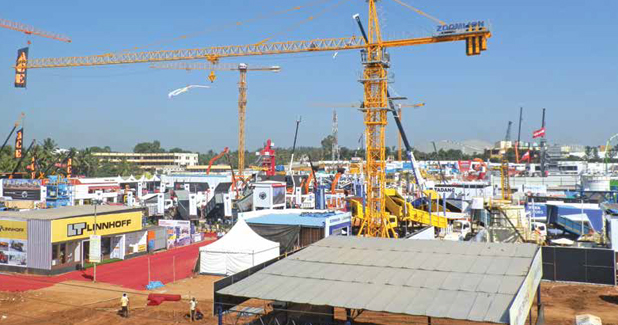
Exceeding Expectations
According to a report released by ICEMA, the current market size of the construction equipment including backhoe loader, concrete mixers excavator is around $2.8 billion. Further, the Indian construction equipment industry
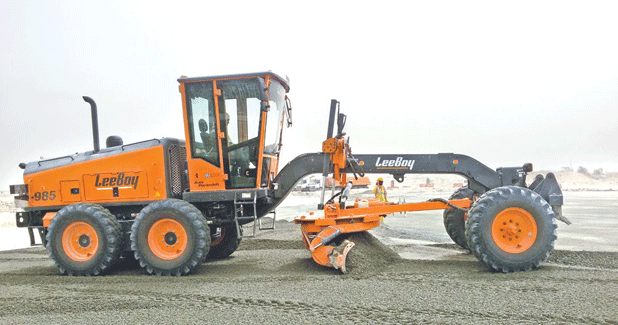
Graded Up
If tightened completion time is demanded as in the case of Delhi peripheral ring road by Supreme Court, it will sure to up the demand for advanced, high capacity motor graders.

On new role
Amarnath Ramachandran has been appointed President of LeeBoy India Construction Equipment effective March 1, 2015.

Excavators to Dominate
Within the Indian construction equipment industry, the crawler excavator segment is the largest by value and the second largest, after backhoe loaders, in terms of number of units sold.

BHL Market to Grow
It?s a fact that the backhoe market has been reduced to one-third of the actual market size, and currently, supply is more compared to demand, and the industry is not very hopeful for a turnaround, especially in this financial year.

We need to adopt ISO standards for testing, safety, emission, etc
The major hurdles that will dent the ?Make in India? campaign are poor quality of finished goods due to lack of workmanship and technology deficit in designing quality equipment, says Amarnath Ramachandran, President - Designate, LeeBoy India.
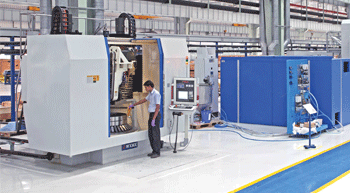
Make in India
Prime Minister Narendra Modi has launched an ambitious campaign ?Make in India?, which aims to turn the country into a global manufacturing hub. The campaign projects India as an investment destination and develop, promote and market India as a leading manufacturing destination and as a hub for design and information.
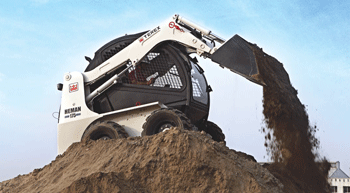
Moving Ahead
The growth potential for earthmoving equipment in India has never been disputed. All sectors like power, roads, ports, etc. will drive demand. With increasing investment in the infrastructure sector, the earthmoving equipment industry foresees huge demand for CE in the coming years.

A Fresh Lease of Life
Crushers and screens address the supply requirements of the core infrastructure raw material inputs. The de-growth in the mining sector and the prevailing slowdown in the road sector has had a negative impact on the crushers and screens equipment (CS&E) segment. Like in many other equipment segments, the original equipment manufacturers in CS&E also have been busy with upgradation of existing range and new launches. The recent lifting of the ban on iron ore mining by the Supreme Court is expecte

Excavators Ready to Ride the Slump
Within the Indian construction equipment industry, the crawler excavator segment is the largest by value and the second largest, after backhoe loaders, in terms of number of units sold. Now, the shrinking market and intense competition have forced OEMs to focus more on value additions. Concepts like low lifecycle cost, faster ROIs, lowest cost per tonne all have made it imperative for OEMs to innovate, both on the product design and service fronts. Agith G Antony takes a peek at the prevailing t
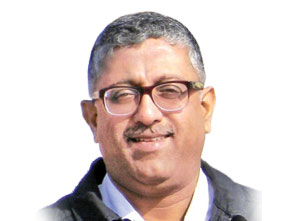
Our products have features that directly boost productivity to the customer.
The LeeBoy 523 is the result of intensive first-hand dialogue with customers and other stakeholders, to not only enhance productivity and operational efficiency, but also deliver a product that surpasses customer expectations. The findings from the customer dialogues enabled us to focus strongly on meeting three key expectations shared by the customer a reliable and rugged product, effective Post Sales Care (PSC) and lower running and maintenance costs. These have been kept in mind at all stages
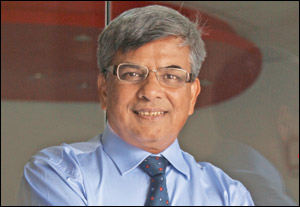
Committed to excellence
The LeeBoy 699 backhoe is powered by the 99 hp Cummins engine which has proved its performance under very extreme duty cycles and tough environment conditions. LeeBoy India Construction Equipment Private Limited (LeeBoy India) recently unveiled the LeeBoy 699 Backhoe Loader for the road construction and excavation segments of the industry.


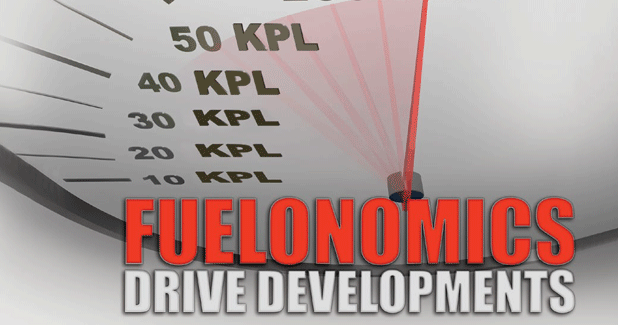
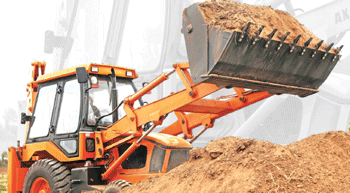
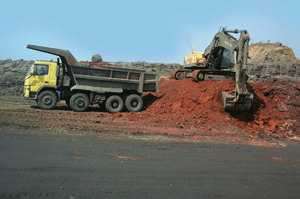
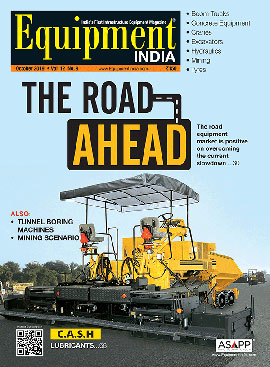
 +91-22-24193000
+91-22-24193000 Subscriber@ASAPPinfoGlobal.com
Subscriber@ASAPPinfoGlobal.com